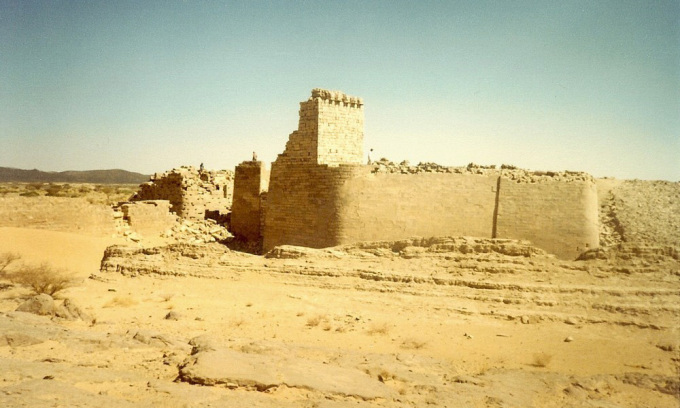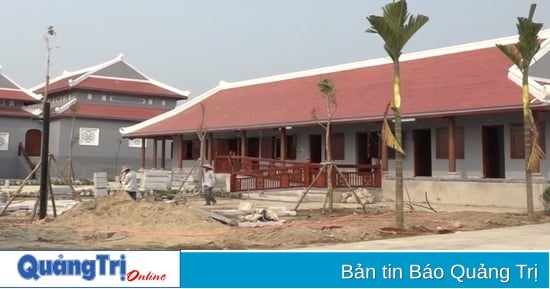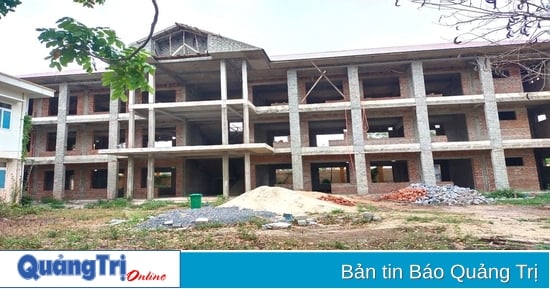Yemen The Marib Dam, built 3,700 years ago, was one of the largest dams of its time and helped the city of Marib prosper.

Remains of the Marib Dam. Photo: Dennis/Flickr
Near the ancient city of Marib, Yemen, lie the ruins of one of the greatest engineering wonders of the ancient world, the Marib Dam. During its lifetime, the dam transformed the desert into an oasis, irrigating more than 100 square kilometers of sandy land around Marib, then the largest city in southern Arabia and the seat of power of the Sabaean kingdom.
The Kingdom of Saba prospered from trade along the Spice Route (or Incense Road) between southern Arabia and the Mediterranean port of Gaza. Marib was one of the stops along the route where merchants would rest and exchange goods. Marib traded two rare and expensive products that were highly prized in the ancient world: frankincense and myrrh, which were derived from the resin of trees grown throughout Arabia.
The trees that produce agarwood and myrrh are extremely drought tolerant. However, they need to be cared for as carefully as any other agricultural crop.
To develop agriculture in the desert, the Sabaeans built an extensive irrigation network of wells and canals. The centerpiece of this system was the Marib Dam. Built of mortar and stone, it spanned a large ravine that cut through the Balaq Hills. Modern estimates place the dam at 15 meters high and about 580 meters long. When it was first built around 1750–1700 BC, the dam would have looked quite modest. By the 7th century BC, the Marib Dam began to take on a more imposing appearance, with large stone and mortar piers at the north and south ends of the dam, connecting to stone sections on either side of the river. These piers still stand today.
Generations of Sabaeans maintained the Marib Dam for centuries, then the Himyarites. The Himyarites renovated the structure, raising it to 14 m in height and building spillways, sluices, settling tanks, and a long channel leading to the distribution tank. This work continued until the 4th century, when Marib lost its market for frankincense and myrrh due to the rise of Christianity. In the early period, Christianity banned the use of frankincense because it was associated with pagan worship. As trade declined, Marib began to lose its prosperity.
The Marib Dam, which had helped to fertilize the desert and develop the surrounding area, fell into disrepair. The sophisticated hydraulic engineering the Sabaans were famous for was gradually abandoned, and maintenance of the dam became increasingly difficult. From the mid-fifth century onwards, the dam began to break regularly. By 570, the dam had overflowed for the last time, and this time it was not repaired.
There is much debate about what caused the Marib Dam to collapse. Some scholars believe it was heavy rains, while others believe an earthquake destroyed the stonework. The collapse of the Marib Dam destroyed irrigation systems and displaced the population—an estimated 50,000—to other parts of the Arabian Peninsula. Today, Marib grows only a small amount of wheat, supplemented by sorghum, sesame, and a type of alfalfa used to feed livestock during the rainy season. The city is now largely in ruins.
Thu Thao (According to Amusing Planet )
Source link



![[Photo] Overcoming all difficulties, speeding up construction progress of Hoa Binh Hydropower Plant Expansion Project](https://vstatic.vietnam.vn/vietnam/resource/IMAGE/2025/4/12/bff04b551e98484c84d74c8faa3526e0)
![[Photo] Closing of the 11th Conference of the 13th Central Committee of the Communist Party of Vietnam](https://vstatic.vietnam.vn/vietnam/resource/IMAGE/2025/4/12/114b57fe6e9b4814a5ddfacf6dfe5b7f)




























































































Comment (0)